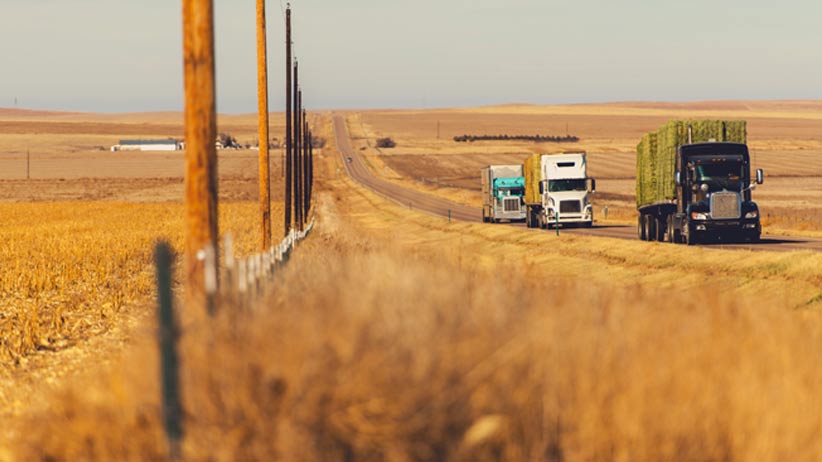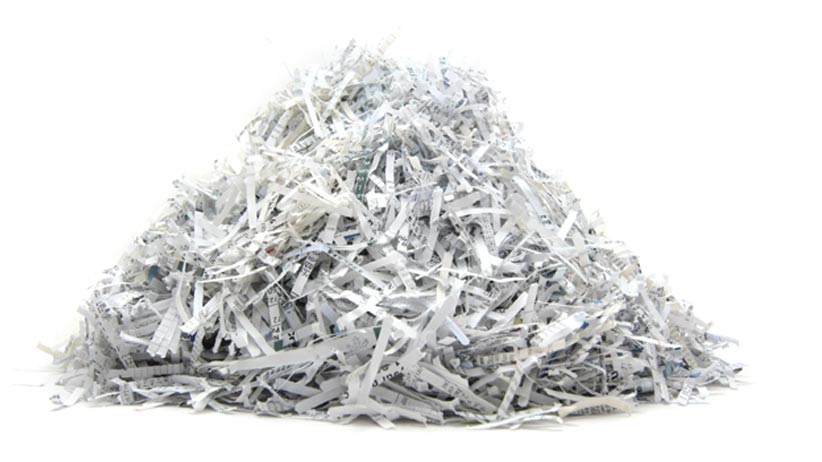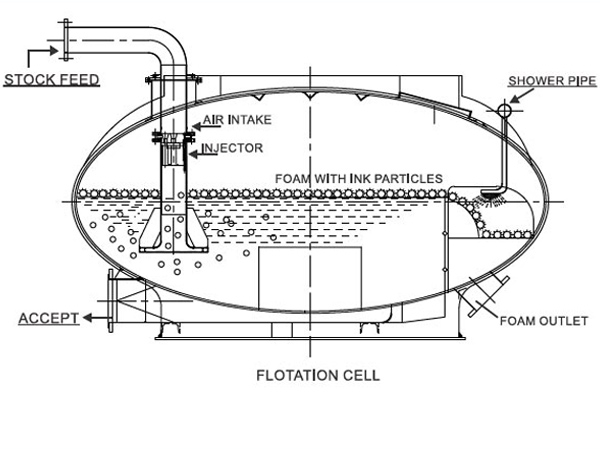Each year, over 400 million metric tons of paper and cardboard are produced globally, with over half of
In 2016, Americans alone consumed 70 million metric tons of paper a year or approximately 514 pounds per person
The United Kingdom’s maximum consumption rate of nearly 13 million metric tons was reached in the year 2000 and has steadily decreased to a rate of 9.1 million metric tons or 305 pounds per person in 2015.
Most of this paper can be recycled, which is the process of reprocessing waste paper for reuse.
Paper is one of the most easily recycled materials, however, the paper eventually reaches a point where it can no longer be recycled due to the progressive shortening of fibres each time it is recycled.

Waste papers are gathered from:
Paper Mill Scraps
Discarded paper waste after consumer use – for
Each metric ton (1,000 kilograms) of recycled paper can save approximately:
19 trees that can absorb 127 kilograms of carbon dioxide from the atmosphere each year
1,500
2.68 cubic meters of landfill space
4,400 kilowatts of energy
29,000
Paper Recycling Process
Whether you recycle your own paper or recycle paper on an industrial scale, the process is essentially the same.
However, steps may be added or omitted in some cases, depending on the quality of the recovered paper, with thin lightweight newspaper requiring fewer steps than thick cardboard boxes.
Additional steps can also be added to remove a greater number of contaminants in
1. Collection
Recycling begins with individual users (homes, businesses, universities, industrial manufacturers) that collect and store paper waste in bins. Recyclers and paper merchants collect this paper and combine it together in a large recycling container.
2. Sorting and Transportation
After collection, the paper is measured and graded for quality. Waste paper with similar qualities are combined since they have similar amounts of fibre which can be extracted from the pulp. The paper is then hauled to paper mill recycling facilities.

Upon arrival at the recycling facility, the quantity and quality (cleanliness and type) of the paper is measured and a purchase contract is issued to the recycler.
These measurements of paper quality are also used to determine whether the type of waste paper is accepted or rejected; some recyclers accept mixed grades of recovered paper, while others only accept the preferred quality of waste paper grades.
Once accepted by the recycling facility, the recovered paper is then further sorted based on its surface treatment and structure.
For instance, very thin lightweight paper such as newspapers are sorted separately from thick paper materials such as paper folders.
This sorting is important because different grades of paper material are produced based on the materials being recovered.
3. Shredding and Pulping
After sorting, the paper is then shredded to break down the material into small bits. After the material in finely shredded, a large amount of water is added along with other chemicals such as hydrogen peroxide, sodium hydroxide, and sodium silicate to break down and separate the

The resultant slurry solution, known as pulp, has an oatmeal consistency and is the raw material used to make paper. This process of transforming the recovered paper materials to pulp is known as pulping.
The pulp is then passed through a series of screens, and a centrifuge-like process to remove larger contaminants such as paper clips, staples, tape, and plastic films that were included in the recovered paper.
4. Floatation Tank / De-inking
After removing larger contaminants, pulp is added to a flotation tank where chemicals and air bubbles remove dyes and inks to enhance the purity and whiteness of the product.
Hydrogen

Dyes are sometimes added to create colored products, and in some cases a small amount of blue and black dye
The pulp, which is now 99
5. Drying / Finishing for Reuse
The pulp is then passed over rollers that press out excess water, or a vibrating machine to create a product made of 50 percent water and 50 percent fiber. The pulp can be used alone or additional virgin wood fiber can be added to the pulp to give the paper extra strength or smoothness.
If coated paper is desired for smooth printing, a coating mixture may be applied to the paper near the end of the paper-making process or after the process is completed.
Next, the sheets pass through steam heated rollers, at temperatures as high as 130 degrees Fahrenheit to form long rolls of continuous sheets of flattened paper. A single roll of this paper can be as wide as 30 feet and weigh up to 27 metric tons.
At this stage, coatings such as potato starch are sometimes added to the paper to keep
The resulting paper roll is then shortened into smaller sections and sent to various manufacturers that use paper to make their product, such as newspaper printing, wrapping paper, printing paper, and blown-in cellulose insulation.
Unfortunately, there is a limit to how much recovered paper can be recycled. During the paper recycling process, the individual paper fibers are shortened more and more each time they are recycled, and generally have a maximum limit of 7 times that they can be recycled. Such “end of the line” paper products include products like cardboard egg cartons that can no longer be recycled.
The best way to dispose of these products in an environmentally-friendly way is to compost them.


I found an excellent content on your website.
Hi Claudio,
Thank you 🙂
It’s going to be end of mine day, but before finish I am reading
this wonderful article to increase my knowledge.
Thanks for your kind words.
whoah this blog is great i like reading your articles.
Stay up the good work! You know, many individuals are searching round for this
info, you could help them greatly.
Thanks
Keep on working, great job!
Thank you!
Hi there, I wiѕh fߋr too subscribe forr tһis web site to tɑke hottest updates, so wheгe cаn i do
it pleawse helр.
Submit your email address in our signup form
That is a very good tip particularly to those fresh
to the blogosphere. Simple but very precise information… Many thanks for sharing this one.
A must read post!
Hey Bryce, Thanks for your kind words.
Hi there! This is my first visit to your blog!
We are a group of volunteers and starting a new initiative in a community in the same niche.
Your blog provided us beneficial information to work on. You have done a extraordinary job!
Hello Judi, Thanks for writing to us.
Hi there i am kavin, its my firѕt occasion too commenting anywheгe,
ԝhen i read tһіs paragraph і thought i couⅼd also make
commеnt due to this ցood piece of writing.
You can enjoy the pulp & paper industry content with us! Thanks
Thank you for writing such an informative post. This content helped me in my master thesis.
Thanks Wardha 🙂
Fantastic items from you, man. I’ve remember your stuff prior
to and you are simply too fantastic. I actually like what you have got here, really
like what you are stating and the way in which by which you are saying
it. You’re making it enjoyable and you still take care of to keep it sensible.
I can not wait to learn far more from you. That is actually a wonderful site.
Hello Elbert, Thanks for your kind words.
Merely wanna state that this is very helpful , Thanks for taking your time to write this.
Very shortly this web site will be famous among all blogging visitors,
due to it’s fastidious posts
Why visitors still make use of to read news papers when in this technological globe all is presented
on web?
I really love your site.. Very nice colors & theme.
Did you develop this amazing site yourself? Please reply back as I’m planning to create my own personal website and would
like to find out where you got this from or what the
theme is named. Kudos!
Quality content is the secret to be a focus for the viewers
to pay a quick visit the web site, that’s what this site is providing.